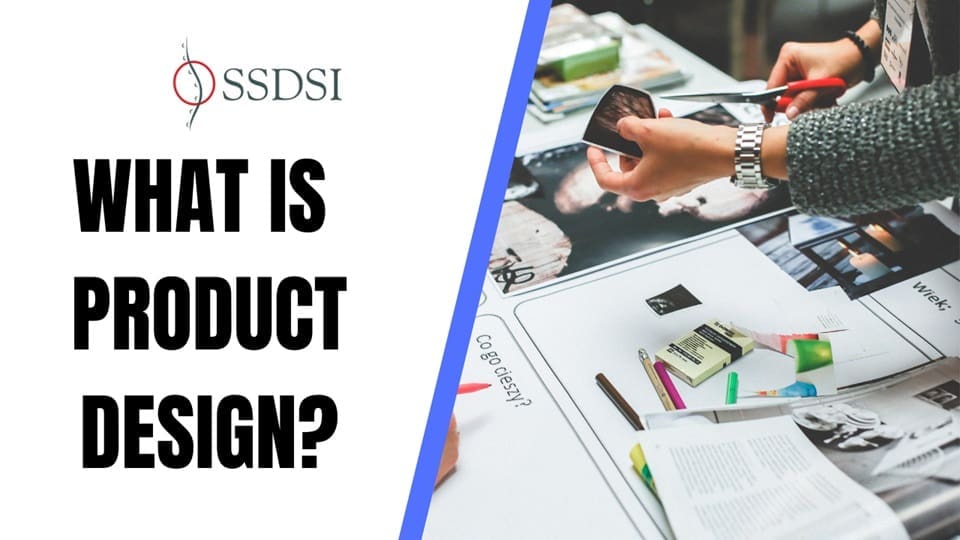


Product Design
Product design is a multifaceted process that involves blending user needs with business goals to create products that are not only functional but also aesthetically pleasing and sustainable. This process includes imagining, creating, and iterating products that...
Enterprise Resource Planning (ERP)
Enterprise Resource Planning (ERP) systems have become indispensable tools for modern businesses aiming to integrate and streamline their various functions and processes into a unified system. This comprehensive software solution not only enhances operational...
Computer Integrated Manufacturing (CIM)
Computer Integrated Manufacturing (CIM) represents a comprehensive approach to product development and manufacturing, where all functions are seamlessly integrated using dedicated software packages. This integration ensures that data flows smoothly between different...
Program Evaluation and Review Technique (PERT)
The Program Evaluation and Review Technique (PERT) is a project management tool designed to deal with uncertainty in activity completion times. It was developed by the U.S. Navy in the late 1950s to manage the Polaris missile project. It has since been widely adopted...











